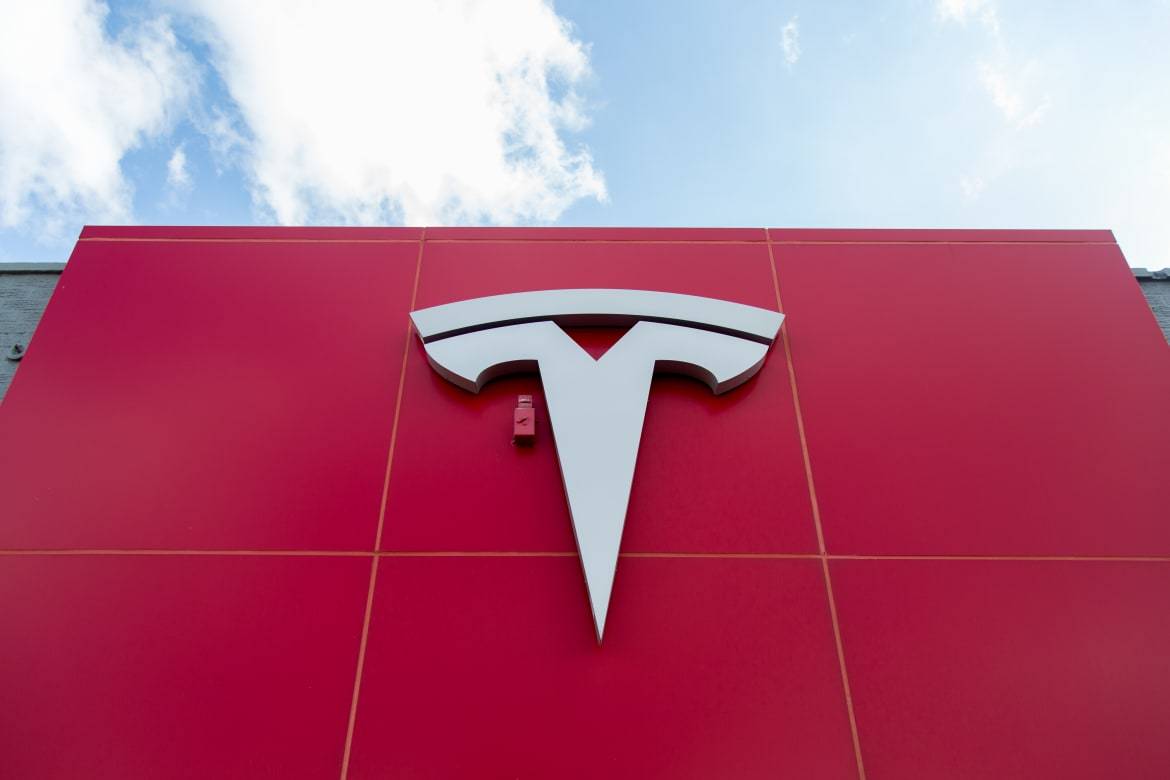Tesla Model 3 Production Begins in July
By Cars.com Editors
February 24, 2017
Share

CARS.COM — Tesla is sticking to an aggressive timetable with the upcoming electric-powered Model 3 — now scheduled to go into production in July. News of the Model 3’s impending arrival came as Tesla announced its fourth-quarter earnings, along with plans to invest upwards of $2 billion into upgrading its factory to cope with company forecasts for much higher production and sales volumes.
The Silicon Valley-based automaker’s move into the mainstream signals a seismic shift for Tesla Motors, which until now has relied on sales of two high-end models, the Model S luxury sedan and the Model X crossover. With price tags that can easily crest the $100,000 barrier, the Model S and Model X are targeted for a small but affluent segment of the car-buying public.
The Model 3, in comparison, starts at just $35,000 and competes directly with run-of-the-mill electric cars like the Nissan Leaf, BMW i3, Volkswagen e-Golf and Chevrolet Bolt EV. In fact, the base Model 3 actually undercuts the prices of many EV rivals — though it remains to be seen how quickly options might inflate the Model 3’s sticker price.
Any hints of uncertainty regarding specs, pricing or production schedules haven’t slowed enthusiasm for the Model 3, however. About 400,000 people have already signed to purchase one, and the waitlist extends deep into 2018 — and likely far longer given the planned slow ramp up to production.
That’s because Tesla — while trying to avoid critical delays that afflicted both the Model S and Model X — also happens to be playing it safe in rolling out the Model 3. The first models go into production this summer, though only in “limited” quantities, according to Tesla Inc.’s official statement. No details were given as to any specific figure for the July launch, though Tesla committed itself to building 5,000 Model 3 sedans a week by the end of 2017.
Tesla cryptically added that production will eventually double to 10,000 cars a week “at some point in 2018.” Considering the company’s slow-and-steady approach, and how vital the Model 3 will be to Tesla’s survival, it’s likely this higher output level will come only in the latter half of 2018. It simply cannot afford to take shortcuts in terms of quality control, even with hundreds of thousands of orders on the books.
Not all of Tesla’s attention is being paid solely to the Model 3, of course. With a combined output of more than 76,000 Model S and Model X vehicles in 2016, Tesla has now targeted a sales tally of about 50,000 units for its two luxury models by mid-2018. Tesla has also just recently brought its Gigafactory battery plant, located in Reno, Nev., online and into production. Added to this, Tesla must show its $2.6 billion purchase of SolarCity will soon prove profitable. That could be difficult with a Trump administration, where tax credits and incentives for alternative power sources could end up on the fiscal chopping block.
Yet none of these tasks quite compares to the importance of the Model 3. Despite a waiting list that rivals Apple iPhone mania, interest might wane if customers are left without cars, or if the first examples are plagued with problems.
Featured stories


By Brian Normile
Road Test Editor

By Jennifer Geiger
December 15, 2025

By Lawrence Hodge
December 15, 2025
